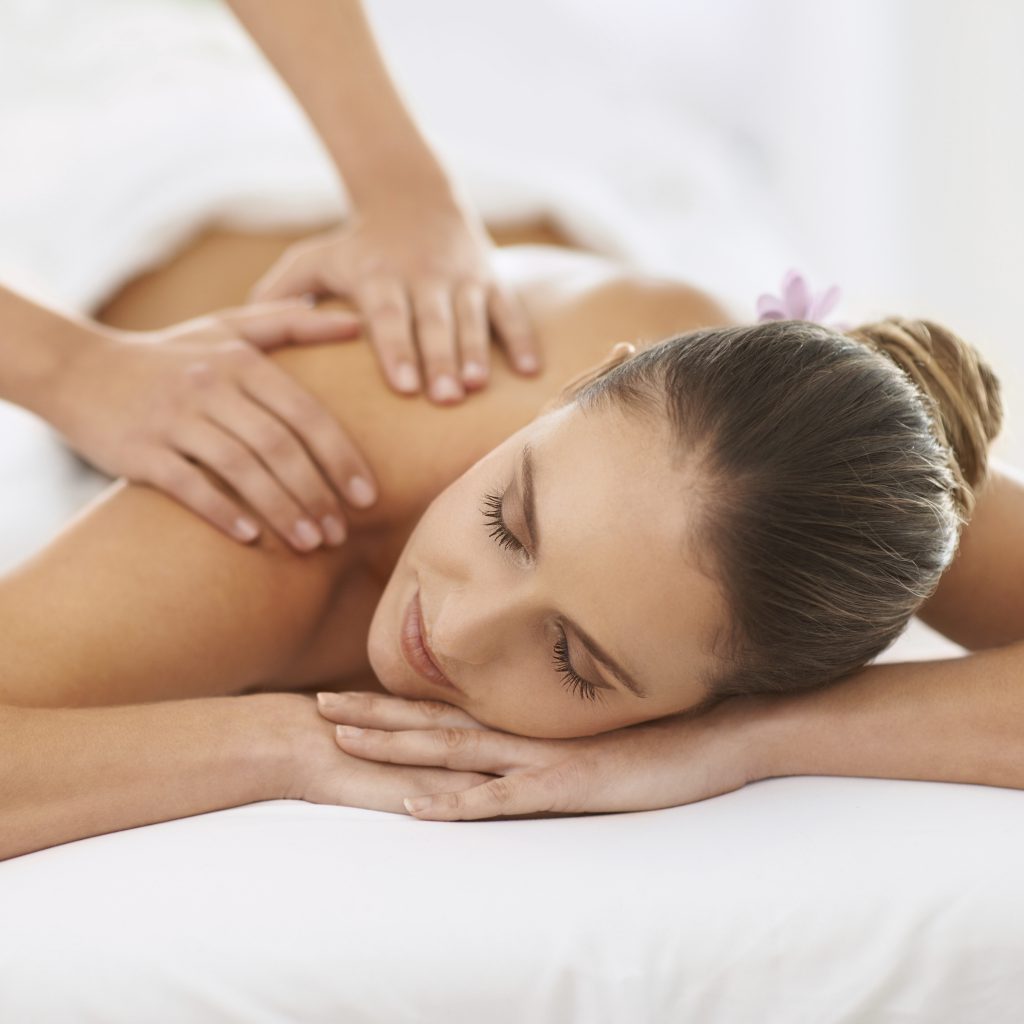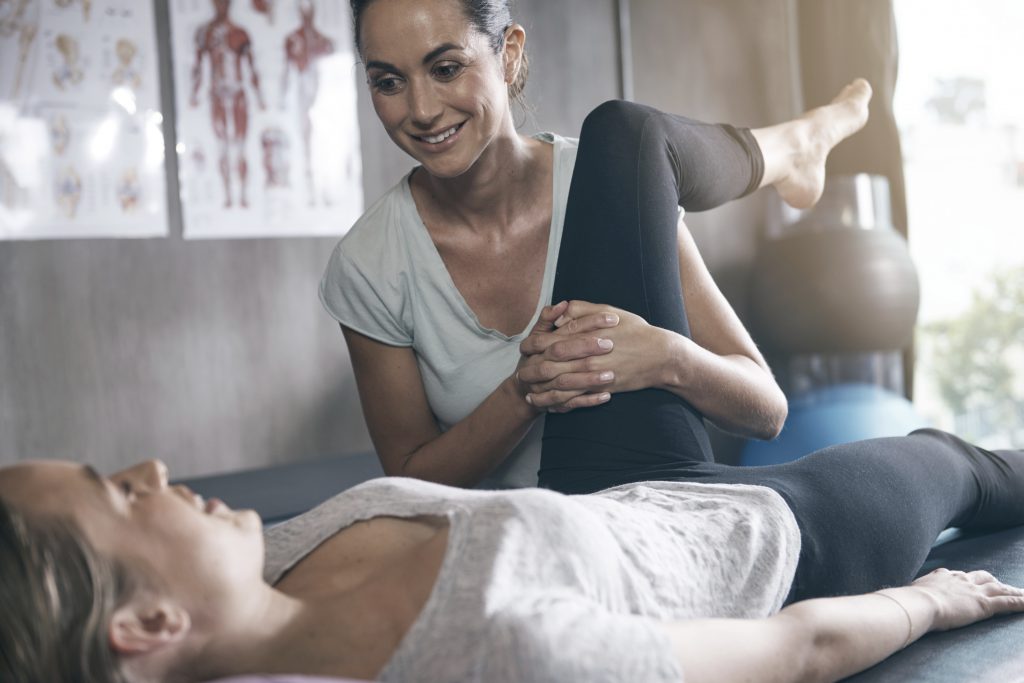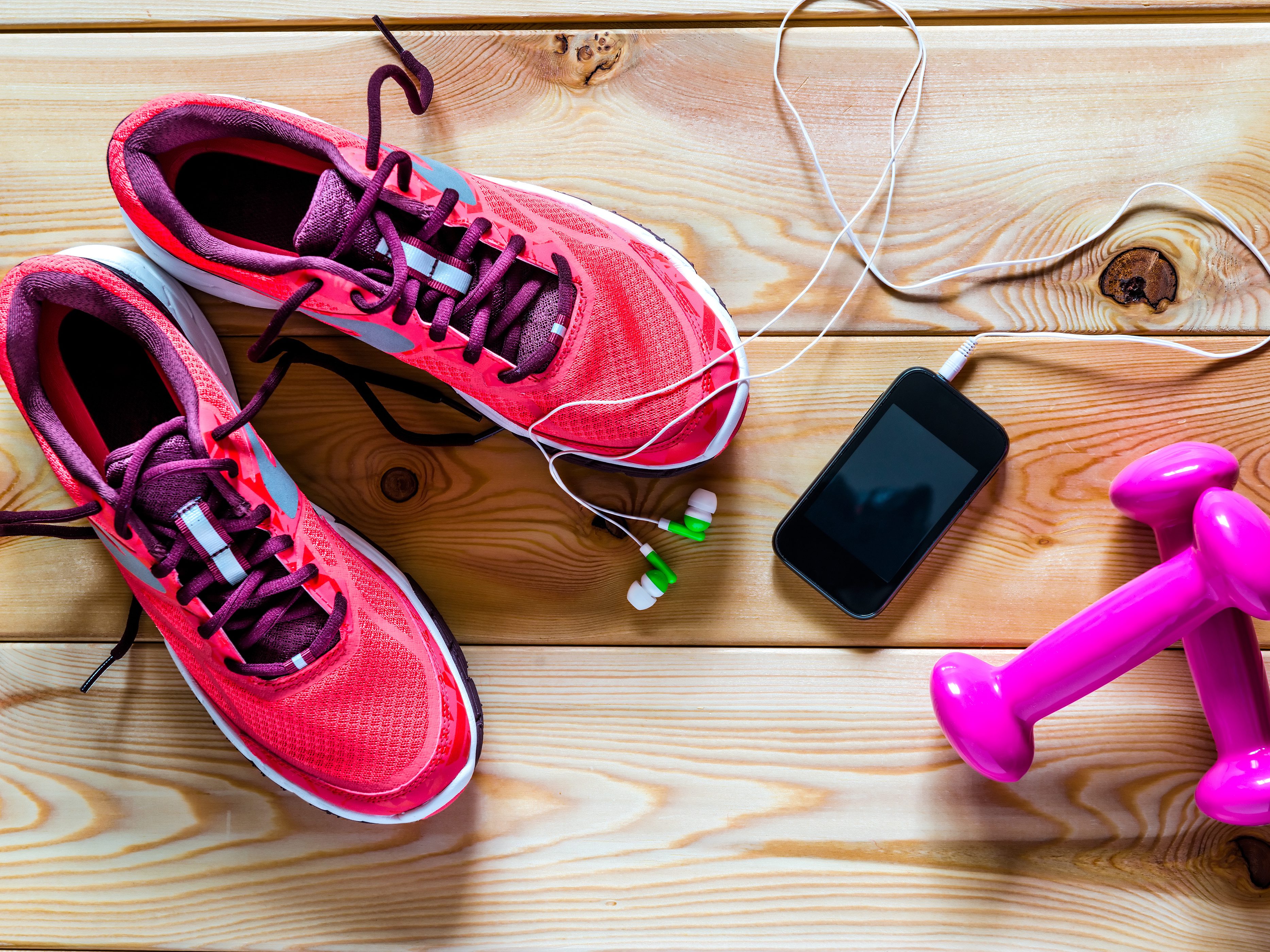As beauty and massage therapists, your job is to focus on looking after your clientele. But who’s looking after your body and mind? Lilliane Caron, owner and director of Caronlab, talks about just how important it is for you to look after you.

#1 Change up repetitive actions
“Due to the nature of our role it is not uncommon for our bodies to feel the burden of our work,” says Lilliane Caron, owner and director of Caronlab. “The treatments we provide clients can lead to aggravation, over-strain or fatigue of our own bodies due to their repetitive actions. Although the human body can sometimes withstand repetitive actions, it is not designed to do the same motion over and over, or remain in the one position for long periods of time without rest.”
#2 Stretch to keep strain and pain at bay
“Massage therapists often suffer aching shoulders and legs as well as pain in their hands and arms, while beauty therapists who do a lot of waxing may find their wrists, back and feet a source of pain,” says Caron. “As a waxing specialist for over 30 years I can tell you first hand, warming up and stretching in-between appointments is a crucial part in protecting your body. Stretching the shoulders, neck, chest and back as well as the fingers, hands and arms can go a long way in maintaining a long career. To this day I still bend my knees and sway in-between clients. I also stretch my arms across my chest like I’m ‘hitting a tennis ball’ and give my hands a little rest with some ‘self-massage;’ as I know these are my problem areas. Stretching is often overlooked and is the first thing dismissed when we have multiple clients waiting to get in and out the door.”

#3 Don’t just use your hands…
“Giving a massage can be very taxing on a therapist’s body,” says Caron. “We need to look for ways in which we can deliver excellent treatments without over straining or injuring our bodies. Using hand-over-hand placement will help to support thumbs and fingers when working on deep tissue clients. Always utilise your body weight and lean into the stroke to increase pressure rather than relying on hand pressure. Make sure your wrists are held in a straight line you’re your shoulders, with no bend in the elbow. You can also use your elbows, forearms, palm of hand and knuckles.”
#4 Know the pressure points
“The key to protecting your body is understanding how to apply great pressure, through minimal force,” says Caron. “There are certain areas found throughout the body that, when stimulated can aide in a client’s treatment, without needing a lot of physical force from the therapist. These are pressure or trigger points. When stimulated, pressure points can elicit a relaxation response in clients, aiding pain relief and lessening tension in the body. Sound knowledge on the body’s physiology and anatomy and how it responds to touch will ensure a safer treatment for clients, as well as a successful, holistic state of well-being for the therapist.”

#5 Take short breaks
“Providing exceptional service is of course a must; however I would never recommend my staff compromise their own health or wellbeing to get a client out the door two minutes quicker,” says Caron. “If you put too much pressure on your body, and do not take additional time to care for it, you’re going to have a very short lived career not to mention the quality of your service is going to suffer – your treatment will not flow, and your clients will be able to sense you are in pain. It’s important to take short breaks, even just taking 2 minutes between clients to give your arms, wrists and hands a rest, it makes a huge difference.”
#6 Think about your posture
“Beauty treatments may not seem like they require much physical demand, however it can be as demanding as other jobs that require heavy lifting, digging, or other physical work,” says Caron. “If you find your body suffering regularly, you may need to address your technique, your posture and how often you are performing certain treatments. Simple things like adjusting the table or bed if it is too high can make a huge difference in the angle of pressure, and can make a huge change in the level of pain and stress in your joints.”
#7 Mix up your treatments
“Mixing up your schedule can help as different treatments require different levels of energy,” says Caron. “For example I find that waxing is very high energy, I am moving fast, with quick and short movements. Whereas with massage, particularly facial massage I am almost hypnotised by the treatment. For this reason, I try to group waxing appointments together in the morning, followed by some massages after lunch, this allows me to get ‘in the zone’ that each treatment requires, without doing it for eight hours straight. Making sure my days are mixed up where possible lets my body is use different muscles and motions. Those who suffer from repetitive strain might find alternating between waxing and massage appointments the best system for them.”
#8 Get some rest
“Making sure you are resting between each working day is extremely important,” says Caron. “Avoid other activities that are strenuous on your problem areas. For example massage therapists might need to avoid activities that require a lot of hand work such as sketching or playing an instrument; and beauty therapists should take the opportunity to sit down once at home to give their back and feet a rest. Even activities that seem very mundane and none strenuous such as cutting vegetables for dinner or playing on your mobile phone can cause repetitive strain injuries so you really need to factor all these activities in as adding to the tension on your body.”

#9 Get moving
“Go for regular walks or do some exercise to loosen your muscles,” says Caron. “Doing some light weights will help to strengthen your muscles so they are less likely to strain. Core strength is really important too; try classes which are great for strength and flexibility like as yoga and Pilates.”
#10 Book in for a massage (and keep a check on your mental state)
“Book in for a relaxing massage yourself relieve some of the tension!” says Caron. “Living a healthy lifestyle is not only good for you physically but mentally as well. If you find your passion has gone, it is time for a break. The risk of injuries are increased when you aren’t emotionally invested in what you are doing. Think of yourself as an athlete; you may be the fastest, have the best technique on track and outstanding results, but without putting the time into proper recovery you many find yourself sitting out of the next race, and unfortunately when it comes to your job that’s not really something you can afford!”
Lilliane Caron is Owner & Director of Caronlab Australia. If you’d like to ask Lilliane Caron for advice on your salon, email info@caronlab.com.au

